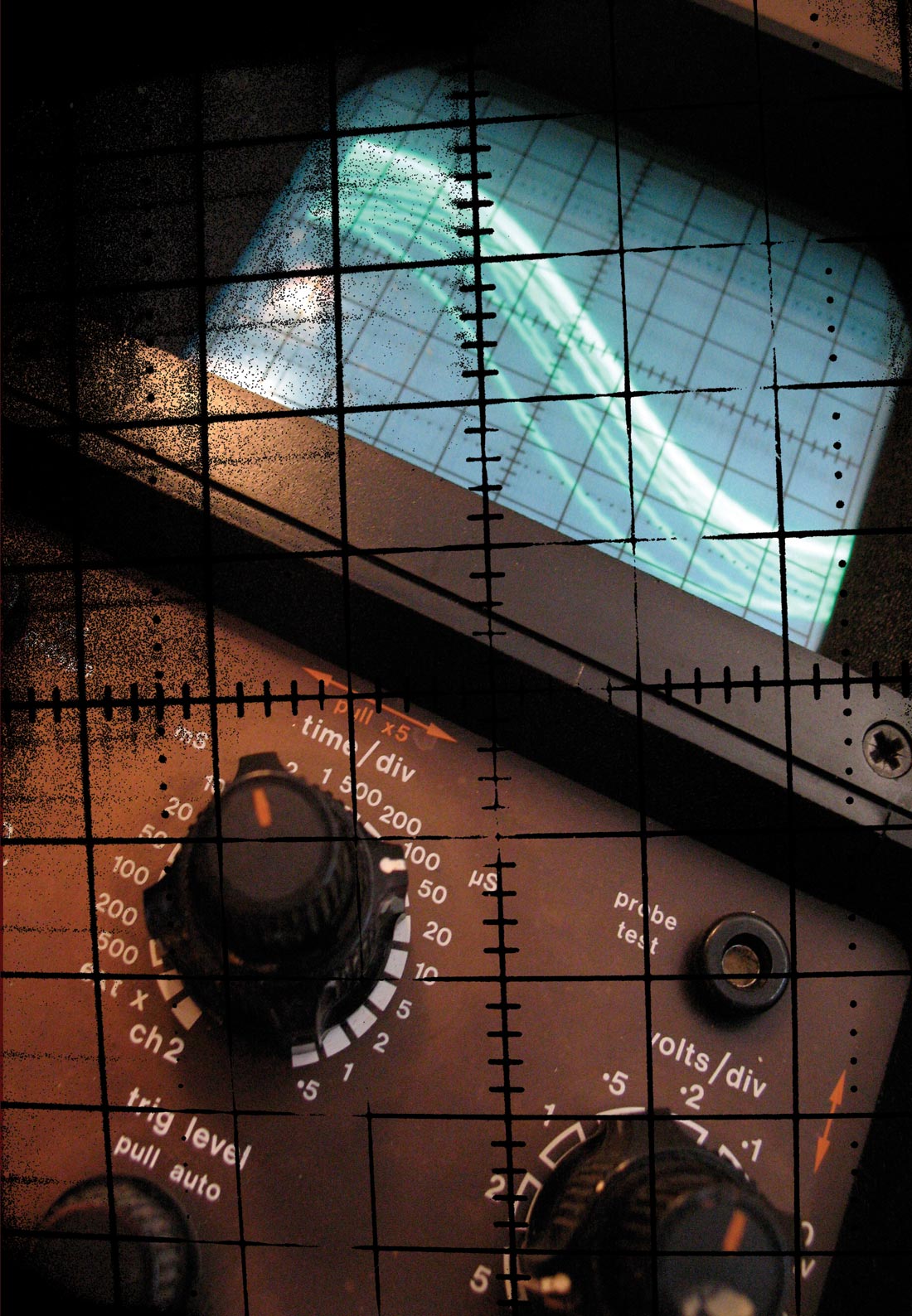My guess is that a lot of people considering the purchase of the SE R-1 will wonder how it compares to the Royer R-121. Both feature a rectangular ribbon that's offset-mounted within the magnet structure (a Royer innovation) to allow greater ribbon excursion, which equates to higher SPL capability and less chance of ribbon damage when pointed in one direction, and a brighter sound in the other direction. The first thing I noticed was that the SE R-1 reveals greater proximity effect than the R-121, especially at distances of 5" or less. I can get it to sound "tubby" very easily by moving it closer to the source. Great for changing the tone of a guitar amp. But for vocals, depending on the skill of the singer, this can be a good thing or a bad thing; a talented singer will use mic'ing distance and therefore proximity effect to his or her advantage. The next thing I noticed was how the SE R-1 reacts to my Great River MP-2NV preamp's input impedance switch. Engaging the switch and thus lowering the input impedance to 300 Ohms really opens up the sound of the SE R-1 without making it too thin. When I'm mixing guitar amps recorded with an R-121, I find that in most cases, I have to peel away some lower midrange to make room for bass and drums and to generally clear up the mix. But in general, when I record Fender amps through an R-121 with the MP-2NV's impedance switch engaged, the sound seems a little too thin for me as there's too much high-freq lift and the low-end slopes away too much. With the SE R-1, the MP-2NV's lower input impedance setting is "just right" for me; the guitar sits forward in the mix without sounding overly EQ'ed. On the other hand, if you want a crunchier top end, the SE R-1 is probably not the right mic as it tends to soften the highs more than the R-121 does (and there's an associated loss of detail), which makes the R-1 a great choice for recording singers or instruments that tend toward sibilance or screechiness. And speaking of crunchy, I've never been successful recording distorted rhythm parts on my Marshall JCM800 Model 4210 combo with an R-121. On the other hand, the SE R-1 in front of the 4210 going through a Hamptone Silverbox 4 sounds great. The low end is right where I want it, and the 4210's tendency to go thin when it goes into extreme distortion isn't accentuated as it sometimes is when I use an R-121. I also used the SE R-1 to great effect recording tambourine. This is an instrument that can really sound harsh and spikey if recorded improperly. With the SE, I got a nice, consistent sound by aiming the dark side of the mic at the tambourine and letting the bright side pick up reflections off the wall, limiting (clipping) with a Radius 30, and then squashing with a FATSO Jr. To sum it up, the SE R-1 and the R-121 have very similar voicing, but there are notable differences. SE has a generous try-before-buy policy. If you're in the market for a ribbon, check out the SE website for details on the 7-day loan program.
($999 MSRP; www.seelectronics.com)
Tape Op is a bi-monthly magazine devoted to the art of record making.




_disp_horizontal_bw.jpg)